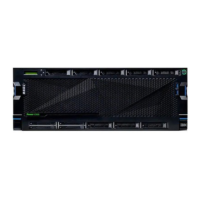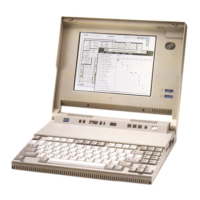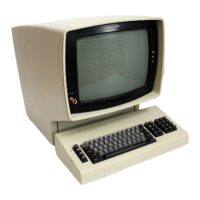Display: With this option, you can disable the monitor entirely, or select one of
the following reduced-power states:
– Standby: In this mode, the screen is blanked, but the screen image is
restored immediately when any activity is detected.
– Suspend: In this mode, the monitor uses less power than in Standby mode.
The screen is blanked, but the screen image is restored within a few seconds
after any activity is detected.
– Off: In this mode, the monitor power is turned off. To restore power to
the monitor, you must press the monitor power switch.
Hard Disk Drive: With this option, you can enable the hard disk drive to “spin
down” (shut down the drive motor) after about 20 minutes of inactivity on the
drive. When you attempt to read from or write to the hard disk, the spindle
starts back up within a few seconds.
Setting Automatic Hardware Power Management Features: To set
Automatic Hardware Power Management features, complete the following steps.
1. Start the Configuration/Setup Utility program (see “Starting the
Configuration/Setup Utility Program” on page 39).
2. Select Advanced Power Management from the Configuration/Setup Utility
program menu.
3. Be sure APM BIOS Mode is set to Enabled. If it is not, press Left Arrow (←)
or Right Arrow (→) to change the setting.
4. Select Automatic Hardware Power Management.
5. Set Automatic Hardware Power Management to Enabled.
6. Select values for the three levels of power management (system power,
processor speed, and display), as necessary.
7. Set Hard Disk to Enabled or Disabled.
8. Press Esc twice to return to the Configuration/Setup Utility program menu.
9. Before you exit from the program, select Save Settings from the
Configuration/Setup Utility program menu.
10. To exit from the Configuration/Setup Utility program, press Esc and follow the
instructions on the screen.
62 Using Your Personal Computer

